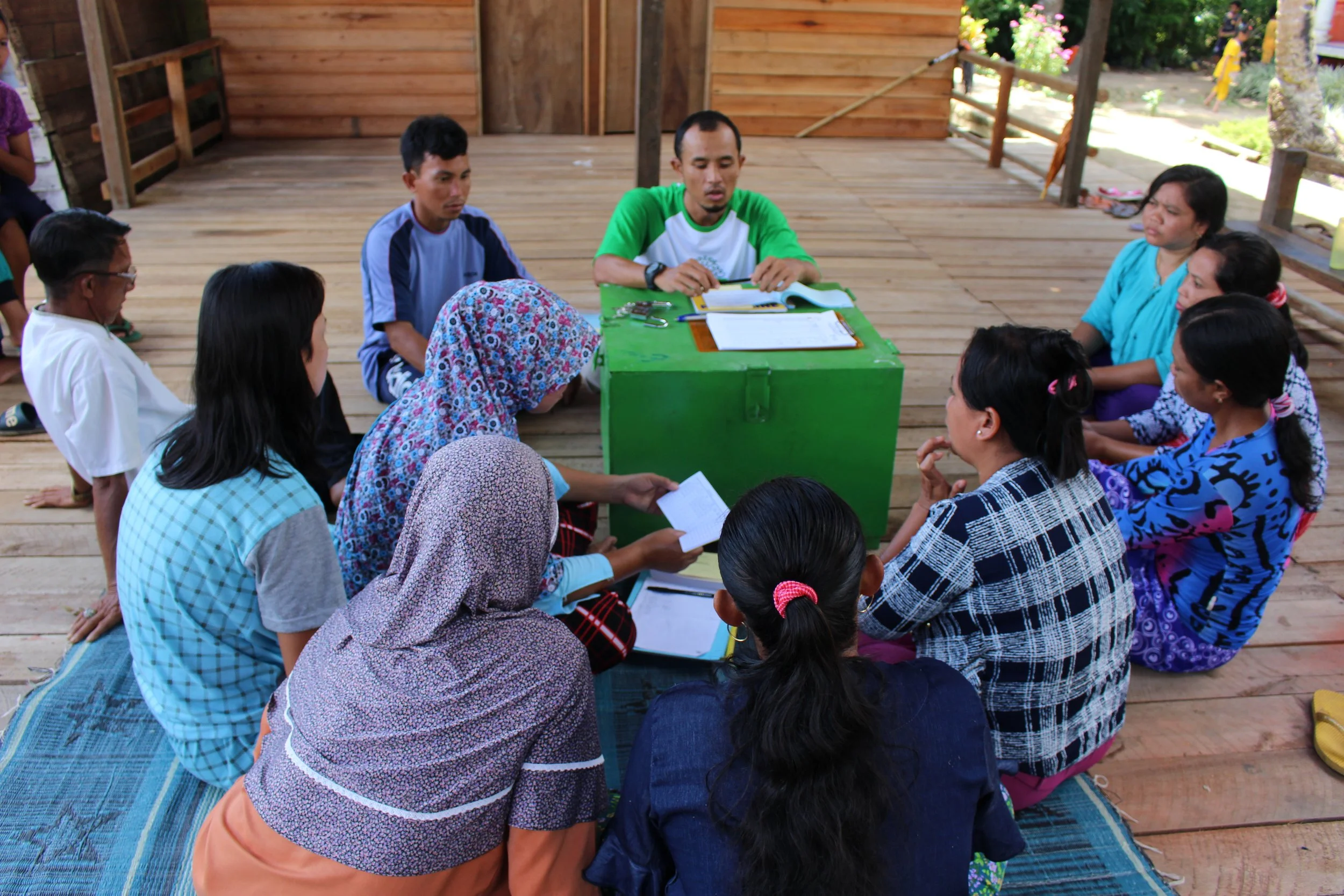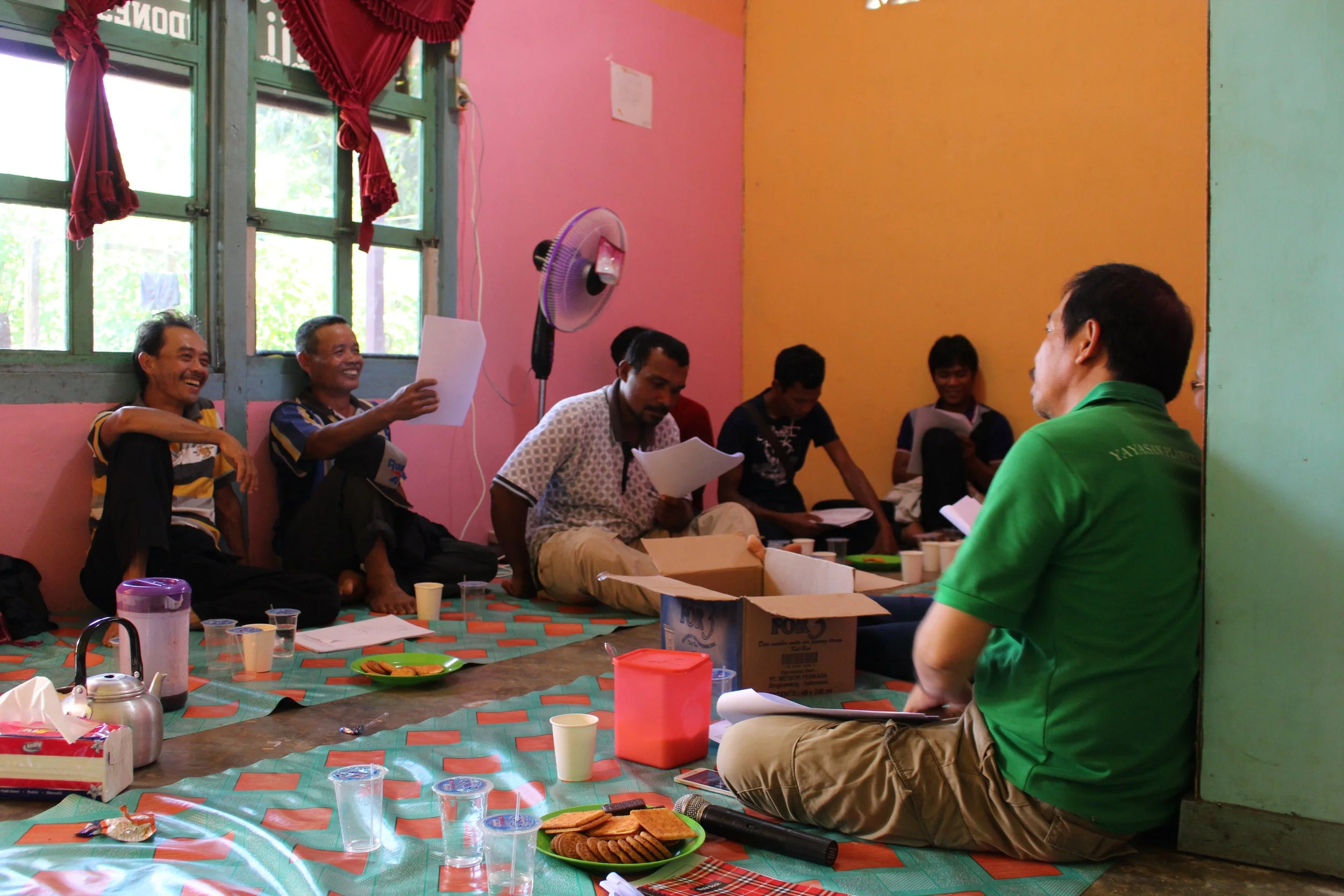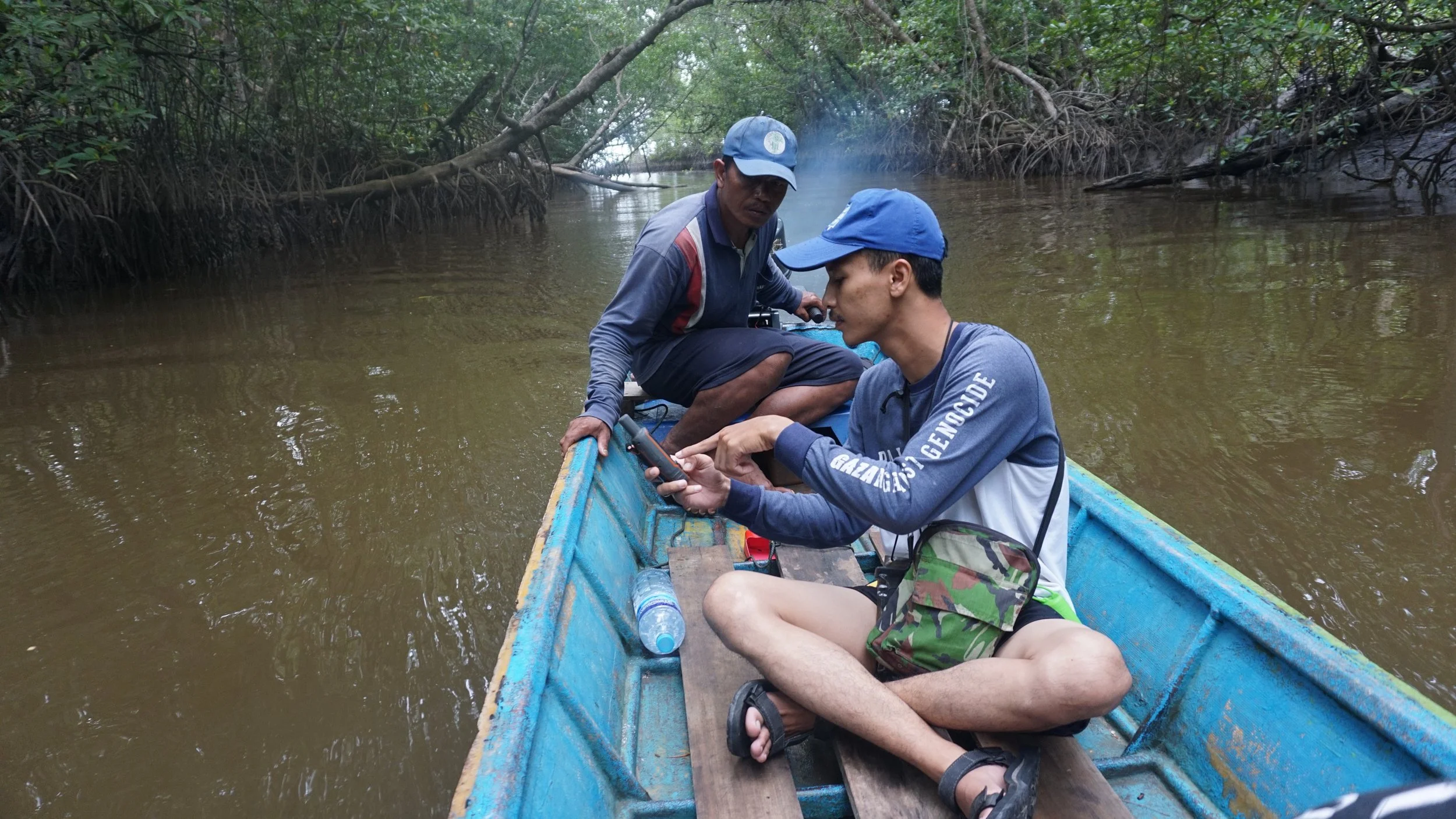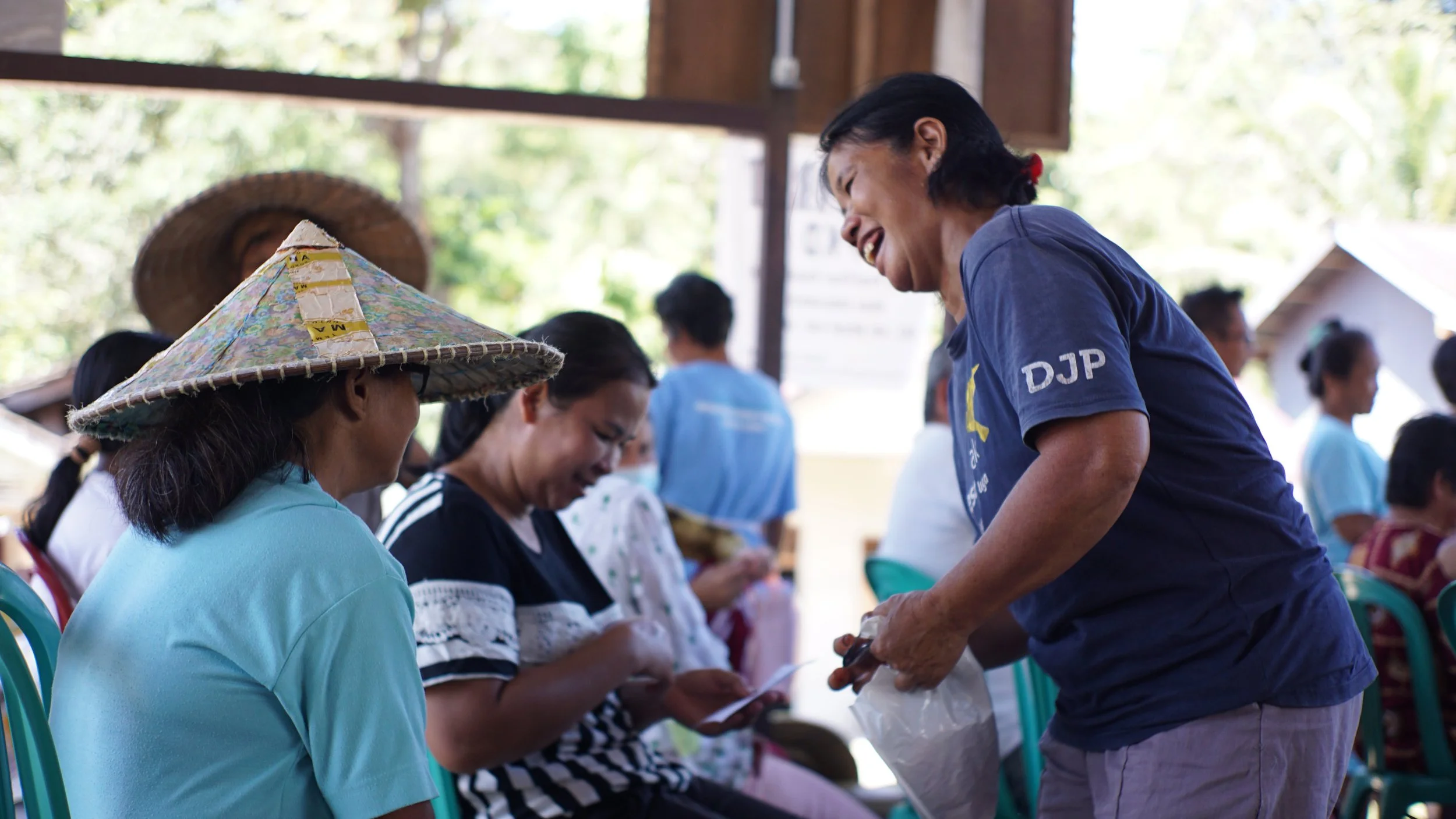Community-Led Initiatives: An Emerging Sector or a Rebranding of the Past?
by Adam Miller
Since the 1970s, there has been an increasing acknowledgment of the significance of community-driven and community-oriented programmatic models in numerous fields, from enhancing public health to curbing carbon emissions. These methods vary from involving communities in a program, to investing in co-design, to facilitating a process to build a shared vision. Undoubtedly investments in grassroots efforts have increased, however, so has the confusion around various ‘community first’ terms. While investment is a step in the right direction, we have concerns that we are not witnessing a revitalization of people-centered approaches but rather a rebranding of less effective models under new shiny terminology.
At Planet Indonesia, we have seen a lot of terms thrown around in government strategies, big aid press releases, philanthropy groups, and within the NGO practitioner space itself. Particularly a shift from ‘community-based’ to ‘led.’
Although the term ‘community-led’ is becoming increasingly popular and replacing the previous ‘community-based’ brands and methodologies, it is essential to understand the key differences between the two approaches. Community-based conservation often involves outside experts or organizations leading conservation efforts with input and participation from local communities, prioritizing biodiversity conservation. On the other hand, community-led conservation models place a greater emphasis on the self-determination of communities and their rights to manage their own lands and resources, empowering them to make decisions about how best to use and manage their resources. It is important to understand these distinctions to ensure that conservation efforts are ethical and aligned with the local hopes and aspirations that frontline Indigenous Peoples and Local Communities have.
We argue that to embrace a truly ‘community-led’ approach outside stakeholders need to embrace a somewhat agnostic position, investing in a community's vision for their future across a multitude of sectors.
At Planet Indonesia, we like to think about it on a scale from community-based to community-led, with community-centered somewhere in between.
Based
Communities participate in implementation, and evaluation but are on the ‘receiving end’ of a set of externally designed programs or set of goals.
Key phrases often associated with this approach are that communities are, ‘consulted’, ‘participants’ or ‘convinced’
Centered
Communities are involved in a co-design process , where a grassroots vision is captured by an external stakeholder (e.g. NGO) but balanced/negotiated upon between the external stakeholder's agenda and the local communities' vision.
In this scenario, you often see a reciprocity agreement or some level of a blended vision between community aspirations and the mission/vision of an outside stakeholder.
Led
Communities lead on the design, implementation, and evaluation of a movement and process toward a better future.
This is a truly agnostic approach where NGOs provide tools to capture and document a community's vision (generally across multiple sectors) and then provide the tools or resources to make that vision become a reality.
While everyone is throwing around the term ‘community-led’ or ‘community-designed’ we argue that this can perhaps be a rebranding of the more typical ‘community-based’ approaches. Even at Planet Indonesia, where we try our very best to be community-led, if we are honest with ourselves, there are certain areas where we flip-flop between community-centered and led.
Below are some of the lessons we have learned in the 8 years of driving a community-led conservation approach in Indonesia.
Investing in the Process
To truly embrace a community-led approach organizations must invest in the process of visioning and design. This includes capturing a diversity of voices, investing in focus groups to map out problems and solutions, and building an understanding of what existing assets, both financial and non-financial, exist in a community area. This process is critical to success. It builds trust, ensures FPIC, and positions programs and interventions as being owned by community members vs outside governments, non-profits, or funders. Campbell et al 2023 illustrate the power of this wonderfully in their research ‘Centering Communities in Conservation through Asset-Based Quality of Life Planning’ where they highlight Quality of Life (QoL) Planning—a form of rapid assessment, reflection, and consensus-building rooted in community assets.
This process can be long, expensive, and resource intensive. We have observed that few organizations often truly invest time and resources in building a consensus around a vision and social-ecological trajectory. While this sometimes is due to the values and principles embraced by an organization or stakeholder, we argue it is often driven by short funding cycles and results-based financing mechanisms. Truly investing in the process can take months or even years. Planet Indonesia has observed it is the most critical step in ensuring future success. It helps us transition away from ‘community-based’ methods to embrace community-centered and community-led models.
A Female only focus group discussion conducted prior to the initiation of the village-level partnership.
Understanding Conflict and Competing Viewpoints
Through this process, we often witness a variety of competing viewpoints. Sometimes community members even have aspirations that are in direct conflict with our vision. This is when things get tough.
Where we work in West Kalimantan, we experience this scenario most often around flagship species conservation, and one particular story best illustrates this example. In one village, leaders wanted to increase their access to rifles to improve wildlife harvest rates in a protected area. Putting Indonesian law aside (both on rifles and protected area poaching), when we hosted community meetings without leaders, we found that many community members did not agree with this perspective. They identified that it (i) threatened village security, (ii) only benefited the ‘bosses’, (iii) smallholder farmers took the risk with little benefit, and (iv) many ‘bosses’ were also involved in other types of trades such as alcohol or drugs.
In this particular experience, the scale from community-centered to community-led differed based on who we were talking to. With the leaders and the bosses, we tried to meet in the middle, but with the general population and particularly women, we actually were investing in their solutions to reduce poaching and the use of guns.
In another case, in a community visioning session we found that women were interested in reducing forest loss because they saw its value in protecting an important watershed for which they used for clean water and micro hydro. However, many men wanted access to start-up capital to increase their ability to purchase chainsaws to harvest more timber from that part of the forest. Interestingly, in the same solutions-designing exercise, women were against patrols as a solution to protect the forest because they felt they were dependent on bushmeat for their family’s protein consumption, and patrols would disrupt this. A third perspective was that leaders wanted to add patrols and surveillance systems to better manage and control the use of forest resources by community members and stop outsiders from coming in.
Capturing these diverse viewpoints would not be possible without investing in the process of building a shared vision for a better future, whatever that future may look like.
Respecting Nuance and Diversity
There is great nuance in the interactions, aspirations, and vision that community groups have, even within relatively small village areas. Capturing this, being open and honest, and reflecting on where we fall on the scale from ‘based’ to ‘centered’ to ‘led’ is important.
Planet Indonesia’s experience is that this is a nuanced complex process. We invest heavily in the early stages of working with community partners, trying to create space for the variety of goals and visions community members have for their social, economic, and environmental future.
But it isn’t easy, cheap, or valued by many funders. This means that we are often using savings or extremely valuable unrestricted funds to implement this initiation step, which is arguably the most important step for setting the entire relationship and set of programs up for success.
Within the global space, the phrase ‘Community-led’ has become the new fancy word- thrown about in big aid, philanthropic foundations, and with practitioners. But we call for more honest and open conversations about the diversity behind each stakeholder’s approach. Are these outside stakeholders truly investing in community-designed solutions - being agnostic and accepting when some of those solutions may not be wholly aligned with their organization’s values? Or is it somewhere in between? Honesty and transparency, central values to our work, around the strategies and approaches behind each of these terms are critically important - for only then can we truly begin to better understand what works and doesn’t work and openly learn from different approaches and perspectives.
The recent trend in embracing community-led models is without a doubt a step in the right direction. But a truly community-led sector requires the philanthropic and big aid players to reflect on timelines, move towards more semi and unrestricted funding models, and require practitioners to properly document and relay a communities vision vs an organizational vision in funding proposals.
To ensure that this emerging sector fulfills its promises, it is essential for organizations to come together in coalitions that embrace both needs and asset-based approaches. Additionally, greater investment is required to support the process, and it is necessary for organizations to be willing and open to introspection, to examine how their own agendas may be influencing a community's vision. If we can do this, we will transform even the smallest steps into giant leaps, propelling society towards unprecedented achievements across a multitude of sectors for both people and the planet.
If you have any questions please reach out via admin@planetindonesia.org. Sign up for our newsletter and follow us on our social media Facebook here and Instagram here to get timely updates on our activities, an insider’s look into the lives of front-line conservationists, and ongoing programs.










